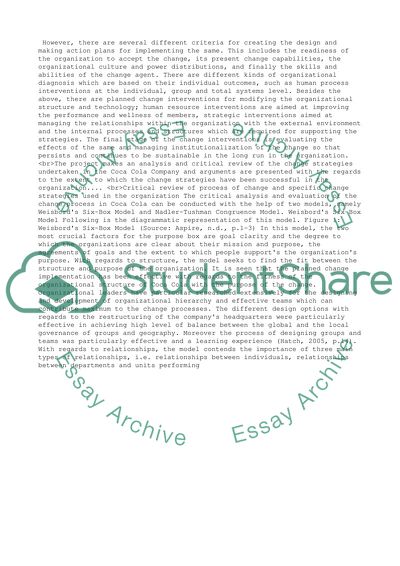Cite this document
(“Process Of Change And Specific Change Strategies In The Coca-Cola Essay”, n.d.)
Retrieved de https://studentshare.org/management/1399159-process-of-change-and-specific-change-strategies-in-the-coca-cola-company
Retrieved de https://studentshare.org/management/1399159-process-of-change-and-specific-change-strategies-in-the-coca-cola-company
(Process Of Change And Specific Change Strategies In The Coca-Cola Essay)
https://studentshare.org/management/1399159-process-of-change-and-specific-change-strategies-in-the-coca-cola-company.
https://studentshare.org/management/1399159-process-of-change-and-specific-change-strategies-in-the-coca-cola-company.
“Process Of Change And Specific Change Strategies In The Coca-Cola Essay”, n.d. https://studentshare.org/management/1399159-process-of-change-and-specific-change-strategies-in-the-coca-cola-company.


